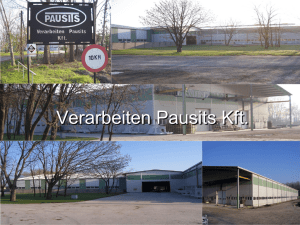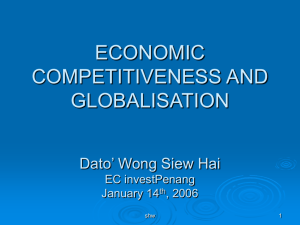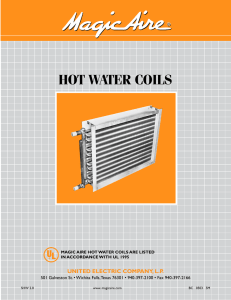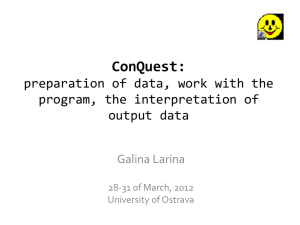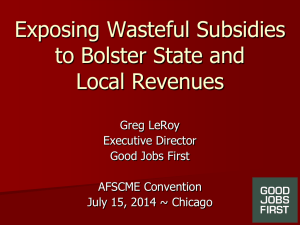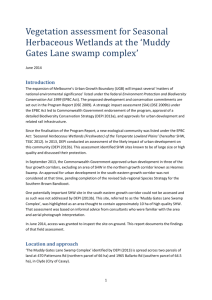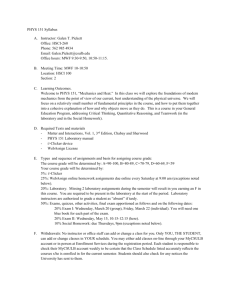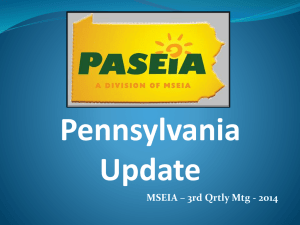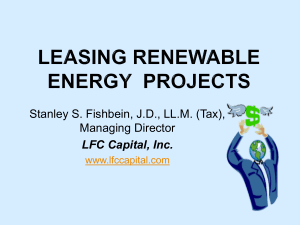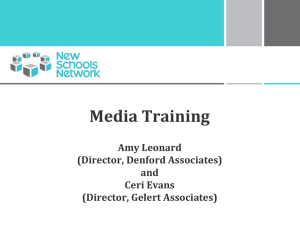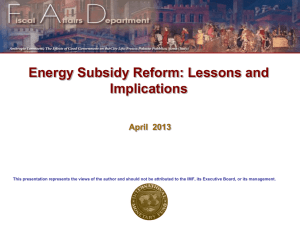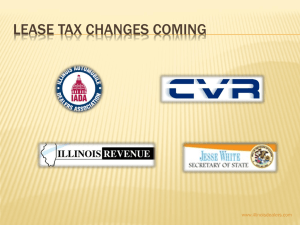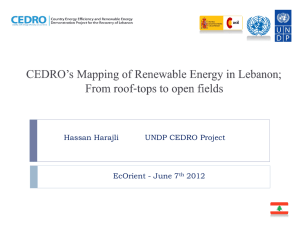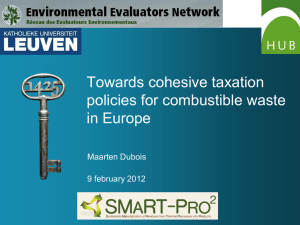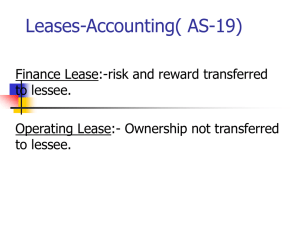Some Hopefully provocative Observations and
advertisement
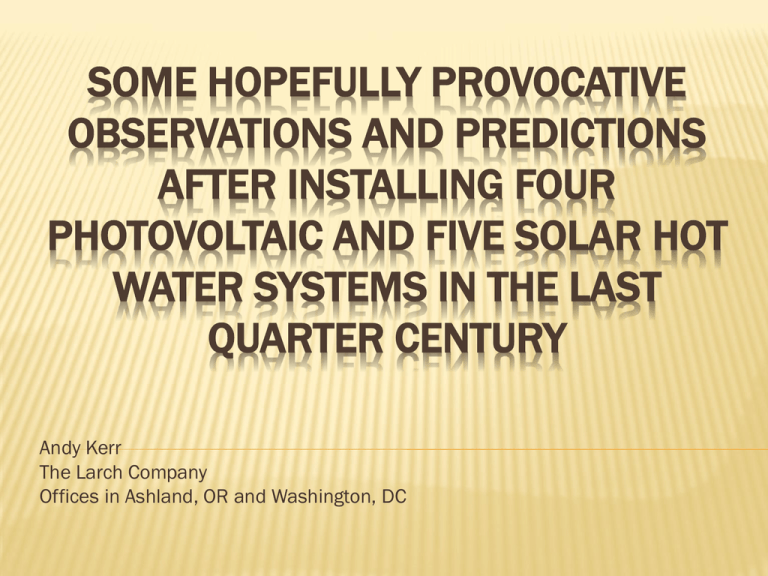
SOME HOPEFULLY PROVOCATIVE OBSERVATIONS AND PREDICTIONS AFTER INSTALLING FOUR PHOTOVOLTAIC AND FIVE SOLAR HOT WATER SYSTEMS IN THE LAST QUARTER CENTURY Andy Kerr The Larch Company Offices in Ashland, OR and Washington, DC OBSERVATIONS AND PREDICTIONS 1. Photovoltaic Electricity A. Leasing is the Future B. SREC’s are In; State Subsidies are Out C. Industry Consolidation D. Better Equipment at Lower Cost E. Crossover Point Coming Soon 2. Solar Hot Water A. In Oregon, Subsidies Are Excessive B. Permitting Costs: Deadweight Drag on SHV C. Game-Changing Technology: Sunnovation Geyser Pump PV: A. LEASING IS THE FUTURE 18 230-Watt Panels (4,140 nameplate watts), 20 Year Lease Versus 20-Year Ownership Purchase Lease: 0% Down Plan Net System Cost (after Subsidies for Purchase Option or Initial System Cost for Lease Option $13,750 $0 $3,639 $7,278 3.11% #DIV/0! 9.20% 10.83% $470 ($2,432) ($1,922) $1906 Internal Rate of Return (IRR) Net Present Value (at 5% savings investment rate) Lease: Initial Payment Plan Lease: Pre-Pay Plan (To calculate IRR, there must be at least one positive and one negative annual cash flow value. In this case there is not a positive one, hence Microsoft Excel says "#DIV/0” [attempted division by zero]. One should assume a negative IRR.) PV: B. SREC’S ARE IN; STATE SUBSIDIES ARE OUT • SRECs are more efficient than state subsidies (grants, tax credits, etc.) • State subsidies cost taxpayers. • SRECs cost ratepayers. • Most states are broke. • Voters vote more as taxpayers than ratepayers. SOLAR RENEWABLE ENERGY CREDIT (SREC): “tradable commodities that represent the green attributes associated with energy generated from [sunlight]” PV: C. INDUSTRY CONSOLIDATION Economies of Scale: • Equipment; • Marketing; • Installation; • Service PV: D. BETTER EQUIPMENT AT LOWER COST • More efficient panels, inverters and balance of system (BOS), including inverters, connectors, etc. • Lower cost equipment with longer (up to 25year) warrantees. PV: E. CROSSOVER POINT COMING SOON “Solar power may be cheaper than electricity generated by fossil fuels and nuclear reactors within three to five years because of innovations, said Mark M. Little, the global research director for General Electric Co.” (Bloomberg.com, May 26, 2011. SHW: A. IN OREGON, SUBSIDIES EXCESSIVE Sunny Oaks 2006: • SHW cost: $3,150. • Minus Federal Income Tax Credit: $945 • Minus State Income Tax Credit: $1,500. • Minus Energy Trust of Oregon grant: $1,000. • $295 richer before turning on the savings from the sun. •$2,255 richer if consider that I was going to have to buy a water heater anyway ($1,190). SHW: B. PERMITTING COSTS: DEADWEIGHT DRAG ON SHW •The cost of pulling a permit (including drawings, engineer review [red stamp]), going to the permit office several times (separate building, electrical and plumbing permits), etc. is estimated to be ~$1,600 in Washington, DC. • In contrast, the cost in Howard County, MD is ~$250 (one-stop permitting, minimal drawing requirements, etc.). • A SHW system costs between $8,500 and $10,500 in Washington DC, so permitting can be 14-18% of the cost. • US DOE throwing $12.5 million to move address this estimated $1 billion annual cost. SHW: B. GAME-CHANGING TECHNOLOGY: SUNNOVATION GEYSER PUMP • No pumps, motors or sensors to fail (no moving parts). • Pex, not copper, piping for easier installation. • Overheating prevention makes thermal transfer fluid last longer. • Think a dis-integrated and improved Copper Cricket. • Could reduce SHW by ~$2,000 per installation. • OG 300 certification pending. • www.sunnovations.com
